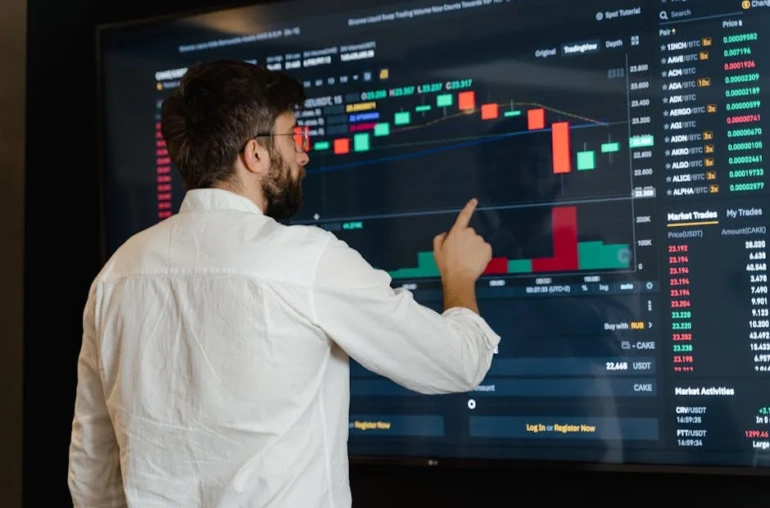
Understanding Prediction Markets
In recent years, prediction markets have garnered significant attention, and it’s easy to see why. These platforms, which allow individuals to bet on the outcomes of future events, are emerging as a pivotal player in the landscape of decentralized finance (DeFi). As they gain traction, many are beginning to wonder: are prediction markets on the brink of going mainstream?
What Are Prediction Markets?
At their core, prediction markets function as platforms where participants can trade shares in the outcome of various events. Think of it as a betting market, but instead of placing bets on sports or entertainment, users may wager on political elections, economic indicators, or even corporate earnings reports. This unique mechanism not only harnesses the collective intelligence of a diverse group of participants but also provides a fascinating insight into public sentiment and expectations.
The Simplicity Factor
One of the key arguments for the mainstream adoption of prediction markets is their simplicity. Unlike many other financial tools that may require extensive knowledge or technical expertise, prediction markets can be easily understood by the average user. This accessibility could prove beneficial in attracting a wider audience and integrating these platforms into everyday use.
The Role of Decentralized Finance
As the DeFi movement continues to evolve, prediction markets stand out as a potential first mover in achieving widespread adoption. Their decentralized nature aligns perfectly with the principles of DeFi, promoting transparency and reducing reliance on traditional financial intermediaries. This could be particularly appealing to individuals who are seeking alternatives to conventional banking systems, especially in regions where access to such services is limited.
From South Park to Wall Street
The cultural references surrounding prediction markets have also played a significant role in their rise. From humorous mentions in popular media like South Park to serious discussions on Wall Street, these markets have permeated both entertainment and finance. Such visibility can help demystify prediction markets, making them more relatable and acceptable to the general public.
Challenges Ahead
While the potential for mainstream adoption is promising, prediction markets are not without challenges. Regulatory hurdles, concerns about market manipulation, and public perception are all factors that could hinder their growth. However, as more users engage with these platforms and as technology continues to advance, it’s possible that these challenges may be overcome.
Conclusion
As we look ahead, the future of prediction markets appears bright. Their simplicity, combined with the principles of decentralized finance, positions them as a compelling option for those looking to engage in market speculation. Whether it’s through predicting election outcomes or forecasting economic trends, the potential for mass adoption is certainly within reach. As we continue to navigate this rapidly changing landscape, it will be interesting to observe how prediction markets evolve and their role in shaping our understanding of future events.



